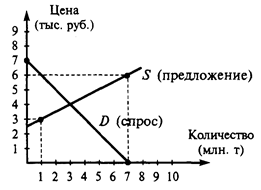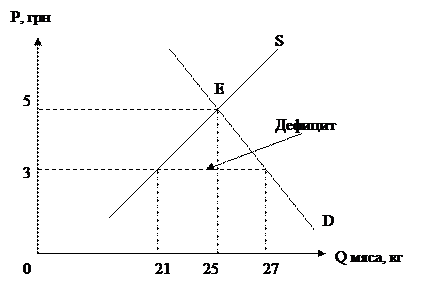Automated Factory Update
Factory automation and computer-integrated manufacturing are extremely popular terms and are often used interhangeably. But they are fairly complex concepts that require careful definition in order to avoid confusion and to understand where the real opportunities are. Factory automation is composed of three key functions: engineering automation, manufacturing automation and systems integration. Engineering automation includes all of the hardware and software technologies that support the automation of the engineering activities. Engineering is a very critical and important part of the overall industrial process because it is the up-front product and/or process design that leads eventually to manufacturing, and it is the area where much of the data that is necessary to drive the manufacturing process are created. Manufacturing automation is all of the automation that supports the production of finished goods from raw materials. This automation has taken many forms and has been evolving for several years, generally in the form of increasingly more powerful and accurate fixed automation. Recently, however, the trend has been to more flexibility and more programmability. Systems integration is the technology and activity that supports the integration of the engineering automation products into synergistic systems where the whole is more productive than the sum of the parts. This is the area where the quantum increases in productivity will ultimately be available, and it is this area to which the term computer-integrated manufacturing applies. And there are actually three types of integration involved: electronic, physical and organizational. Electronic systems integration is necessary to exploit the opportunity available from using electronic data bases. As more computer-aided design (CAD) systems are used to design a high percentage of the products and processes, more of the engineering data will be in electronic form. And as more of the manufacturing automation devices become computer-controlled, they will have to be driven by electronic data bases. The factory of the past was integrated via paper data, but the factory with a future must be integrated via electronic data. Physical systems integration will be a growing necessity as the factory becomes more flexible and programmable. And as a factory which is oriented toward batch manufacturing becomes more controllable in real time – and therefore more flexible-batch sizes can become smaller and the variation in types of batches can become greater. This implies that a batch factory will become more like a continuous process factory in terms of managing the flow of material through the factory and the flow of instructions to the various machines. The physically integrated factory will have to depend on the electronically integrated factory for its control, coordination, sequencing, and scheduling. And as a result, the implementation of a physically integrated system has to depend on either the prior or parallel implementation of electronic systems that support the physical integration. Organizational systems integration is much less tangible and yet just as important. The classical example of what has surfaced because of the advent of CAD/CAM systems is the potential conflict between the engineering and manufacturing organizations. While an engineering manager may have just as much reason to differ in opinion in the future as they have in the past, they should not be permitted to perpetuate organizational structures that impede the opportunities for productivity improvement through electronic and physical systems integration. It is the integration of CIM that will provide much of the additional benefit that factory automation has to offer. And it is from factory systems integration that automation solutions to manufacturing problems are derived.
|




